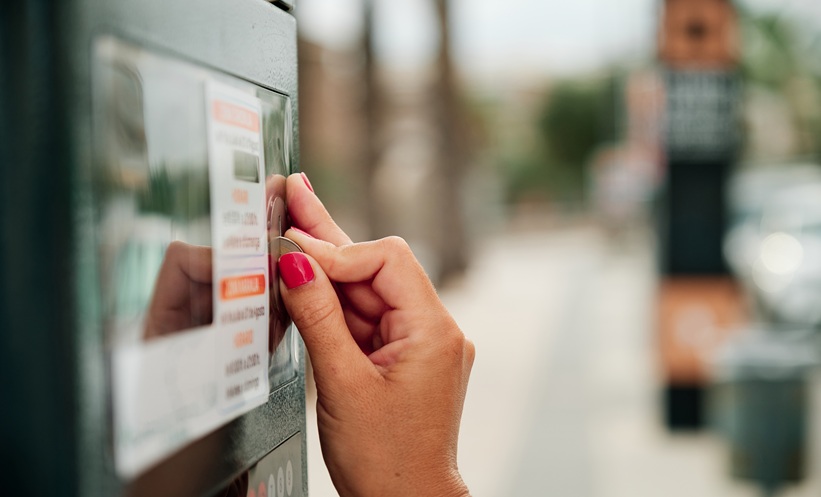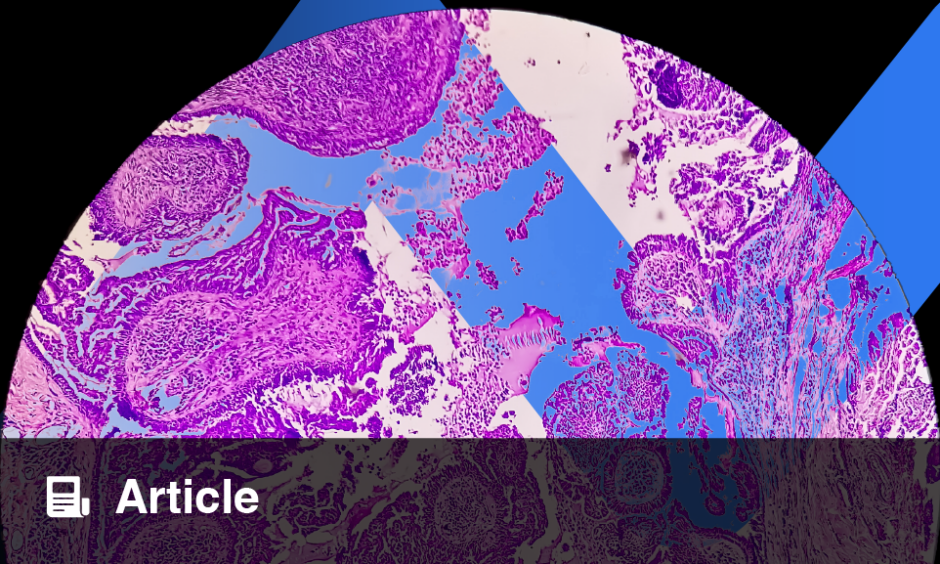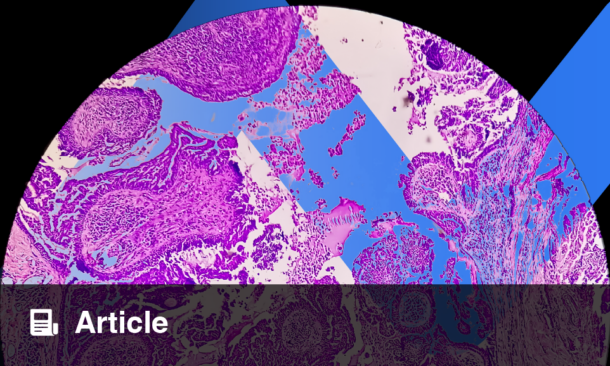TRANSPORTATION barriers are a significant yet often overlooked challenge for patients with multiple myeloma (MM), affecting access to timely care and overall health outcomes. A recent qualitative study, conducted at the Lineberger Comprehensive Cancer Center, explored these challenges among 21 patient-caregiver dyads, revealing the financial and logistical burdens of travel to cancer treatment centers.
The study found that transportation difficulties impact older adults with MM and their caregivers in multiple ways. Key issues include high travel-related expenses, limited parking with accessibility concerns, and lengthy travel times. With an average participant age of 68, these obstacles disproportionately affect elderly patients who often rely on caregivers, family members, or friends for transportation. Among those surveyed, half identified as Black, a group already facing health disparities that contribute to inequities in cancer care access.
Findings from the study identified three major factors influencing transportation-related challenges: individual attitudes toward transportation, reliance on caregivers and social networks, and institutional barriers such as costly parking fees and inadequate infrastructure. The financial strain of frequent hospital visits, combined with the time commitment required for travel, creates added stress for patients and caregivers alike.
To address these issues, study participants proposed a range of potential solutions, including integrating transportation coverage into health insurance plans, expanding telehealth services, and implementing community-based programs such as volunteer driver networks. Structural changes, like improved parking accessibility and transportation subsidies, were also highlighted as necessary steps toward easing the burden on vulnerable populations.
As healthcare systems aim to improve health equity, understanding and mitigating transportation barriers could lead to better patient outcomes, particularly for those with chronic illnesses like multiple myeloma. Further research is needed to evaluate the effectiveness of proposed interventions and ensure that cancer care remains accessible to all, regardless of socioeconomic status or geographic location.
Reference: Grant SJ et al. “Paying to Be a Patient in the Hospital and the Parking Lot”: Patient-Caregiver Dyad Perspectives on Health-Related Transportation Access in Multiple Myeloma. JCO Oncol Pract. 2025:OP2400289. [Online ahead of print].
Anaya Malik | AMJ







